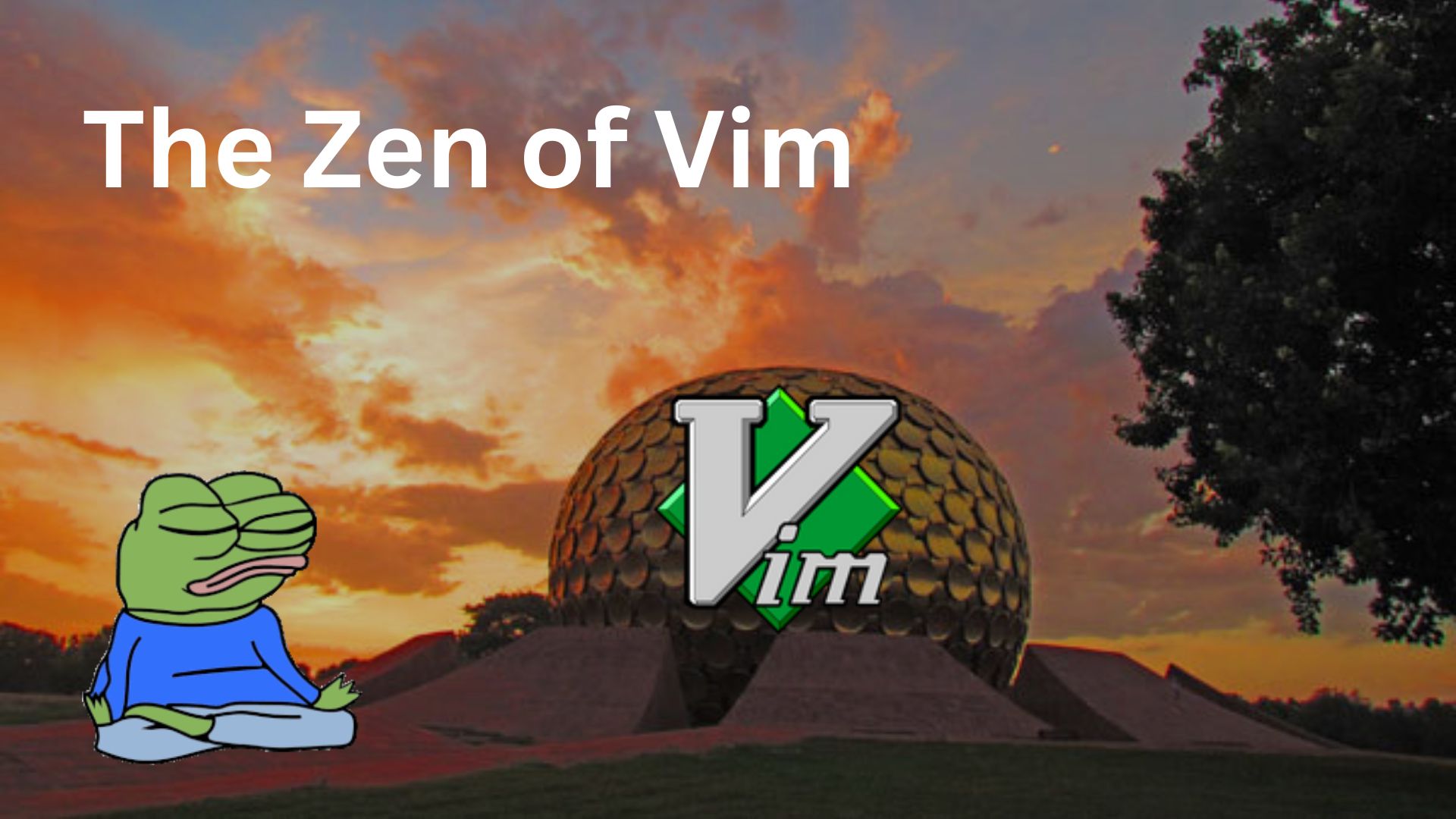Vim is not just an editor; it is an art form. It is the gentle hum of efficiency wrapped in the rhythm of keystrokes. To use Vim is to embrace simplicity and power, all in the same breath.
Mastery Through Minimalism
In Vim, every motion, every command is deliberate. There are no frivolous buttons, no distractions. Just you and the text. This minimalism is not a limitation but a canvas. It invites mastery through practice and creativity.
Simplicity is deceptive—the more you learn, the more you see. Vim whispers, “There is always a better way,” and you find joy in discovering it.
Flow, Not Force
In Vim, you don’t impose control; you harmonize with the text. Editing becomes a dance—dd to cut, p to paste, ciw to change within. You are no longer a mere user; you are a conductor, orchestrating words with ease.
This flow state is where Vim shines. It’s not about speed but fluidity. It’s about the feeling that your tools disappear and you’re left with pure focus.
The Joy of Discipline
Vim is honest. It will not coddle you or bend to your whims. It demands discipline, but it rewards you with freedom. Learning Vim is not a task—it’s a journey, a meditation. Each keystroke is a lesson, each moment a step toward mastery.
Timelessness
Trends will fade, but Vim endures. Why? Because it is built on principles that transcend time. Efficiency, elegance, and clarity never go out of style.
In Vim, you find timeless wisdom: less is more, focus is power, and mastery is a journey worth taking.
Vim is not for everyone, and that is its beauty. For those who find solace in its keystrokes, it is not just a tool but a way of thinking, a Zen garden in the world of chaos.
